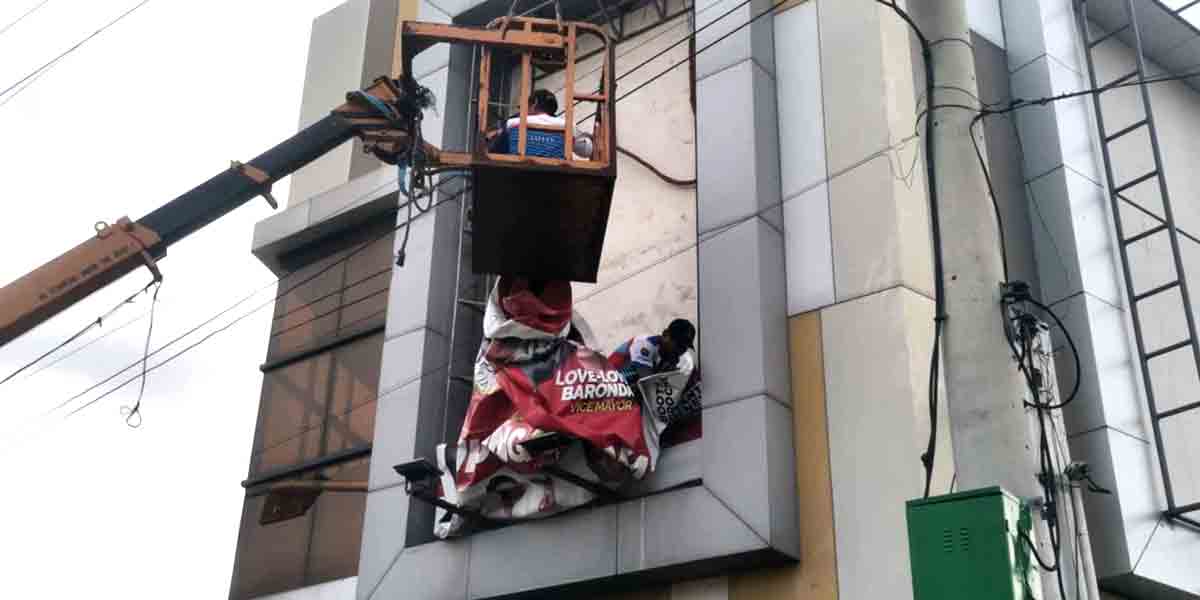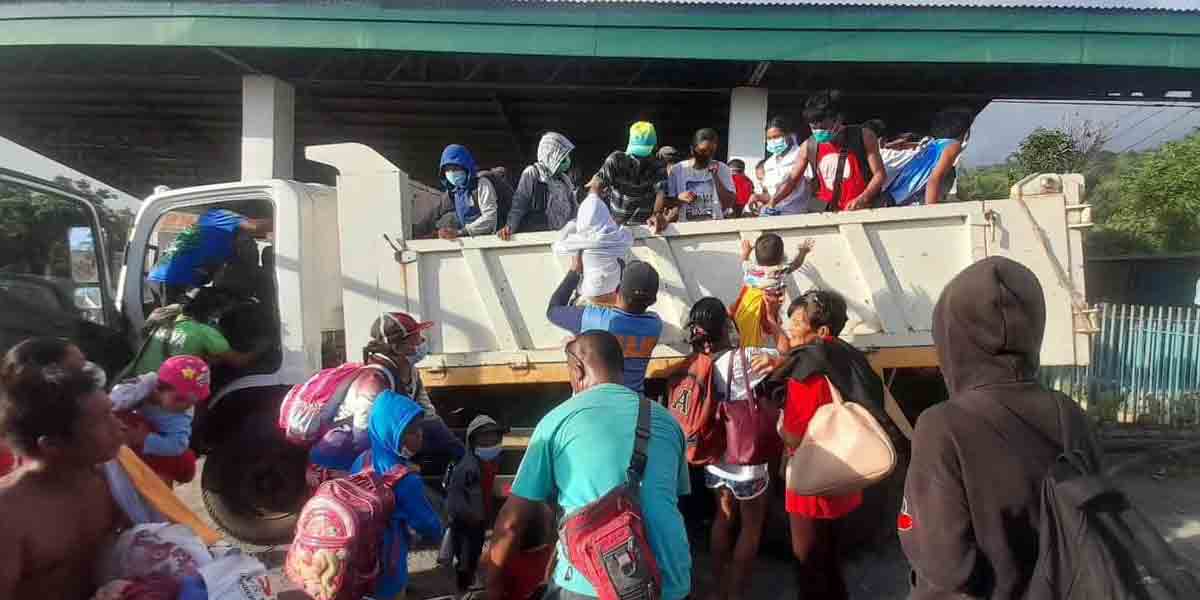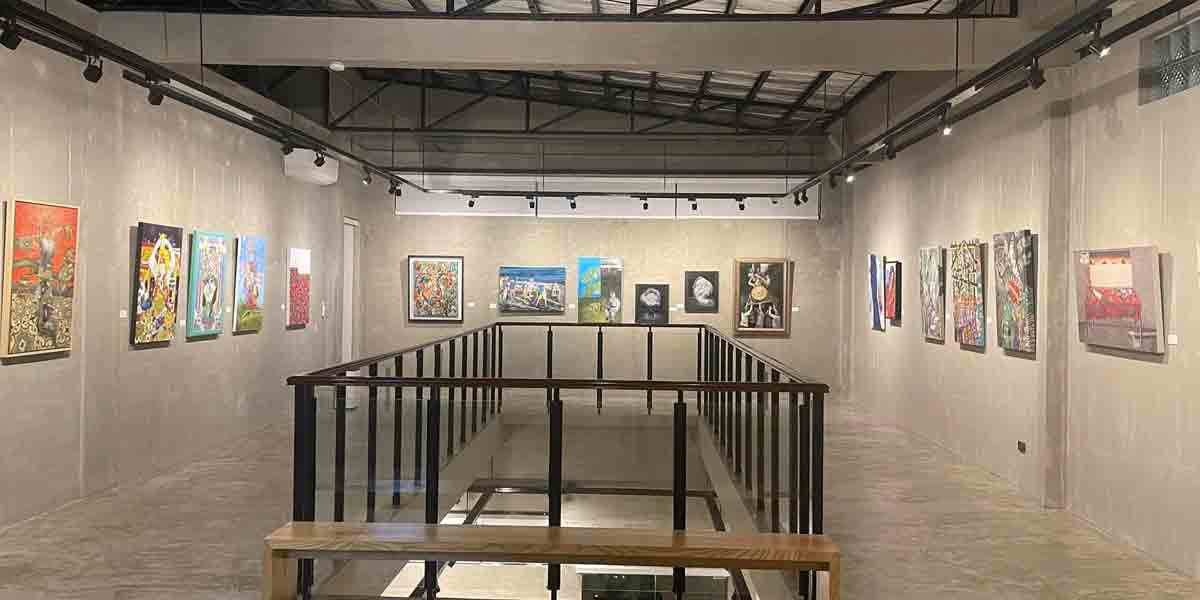By Engr. Ray Adrian Macalalag
In the Philippine mobility landscape, people have been reliant on motorized transport. This may be evident as in the long-term vision (Ambisyon Natin 2040) formulated by the National Economic and Development Authority (NEDA) where a typical Filipino would want to have a car of their own. The Land Transportation Office (LTO), in addition, noted that over the past years, motorized vehicles have continued to rise in number. This increase has direct implications for road congestion. To combat traffic problems in Metro Manila and to be proactive in other metropolitan and developing centers, the government through its various instrumentalities including the Department of Public Works and Highways (DPWH) invested in infrastructure through road widening programs and construction of new roads and bridges. At present, infrastructure spending at nominal values reached as high as PhP1.05 trillion in 2019, thrice the annual average of the immediate past administration.
With this amount of investment in roads, there is an impending threat of induced demand. Several studies have shown that new road capacity would be fully absorbed or utilized by induced traffic at 50 to 100 percent in as early as three years. Considering the direct relationship between motorized vehicles and road capacity, congestion may reach a point where it could no longer be solvable. Thus, alternative transport modes fostered by specific infrastructure should be considered. Notwithstanding, motorized transport with the current types of vehicles in the Philippines generates greenhouse gases. It means that the development aspect of transport at the moment is contrary to the direction of its peers in achieving environmental and urban development indicators in the Sustainable Development Goals.
Iloilo City has been regarded as the Most Bike-Friendly City in the PhilBike Awards 2018. These were attributed primarily to the completion of the first and the longest dedicated and traffic-segregated bike lane in the country as early as 2014 coupled with local policies to support its use. Iloilo City has two bike-related ordinances: one which requires government and non-government buildings with existing parking spaces to provide a safe bicycle parking zone and one specific to bike lanes. Just recently it also won back-to-back as Bike-Friendly City by the Mobility Awards and the Bike Friendly City Awards.
In my independent study, I found that there is a direct link on how infrastructure for cycling has influenced the increase of cyclists in Iloilo City. Through historical data review and stakeholder surveys, I structured how the cycling culture developed in Iloilo City. These were then subjected to several analyses by introducing cycling infrastructure expenditure and GIS data to verify how the infrastructure component has influenced bike use over time and its potentials.
Similar to the evidence found on increasing road capacity which induces traffic, results have shown that a significant investment in cycling infrastructure fortified by local policies and legislation would directly influence the increase of bike use in Iloilo City. Through a timeline analysis, it showed that the number of cyclists rose at increasing rates as the city nearly completes its cycling infrastructure network.
Infrastructure, indeed, attracts. What we build for people, they use it. I guess it is time for the government to take extra caution in their infrastructure priorities. If we build more roads, there will be more cars and congestion is just around the corner. If we build more cycling infrastructure, we can influence people to use their bikes more – be it for work, for school or for leisure.
The Covid-19 pandemic also catalyzed the preference for bike use. Data has shown that most cyclist respondents have started using bikes on a regular basis in 2020 and 2021. In 2020 alone, the cyclist number increased by 41.89 percent. From this annual figure, it further increased by 12.38 percent in the first four months of 2021.
The pandemic was a catalyst. However, we do not expect the habit of cyclists to decline. The pandemic was primarily a motivational factor and since they invested in their bikes and we have the infrastructure, they will stay.
The cyclists share optimism in the cycling infrastructure with 97.46 percent of them being certain of continuing their bike habit in the post-pandemic world. They, however, also closed by rating the current infrastructure for cycling a 3.49 out of 5 which means they are slightly satisfied with what Iloilo City has provided for them but there must be some areas they can improve on.
While the bike lane network of the city continues to grow, cyclists also need protection. This includes complementing policies on road sharing not only with motorized vehicles but also pedestrians. They should be in harmony and policies can definitely foster that.
The case of Iloilo City tells a story of how public spending on infrastructure can greatly influence how people choose their mode of transport – the one which increases carbon footprint, the one which temporarily eases congestion but induces demand over time, and the one that is new, at least for a developing city. While several facts dictate the laws of nature such as the ongoing climate crisis, the government is highly instrumental in dictating what people can do next, what people can contribute, and how they can be part of the change. (https://ilonggoengineer.com/2022/01/12/infrastructure-is-the-key-lessons-from-iloilo-citys-bike-lanes/amp/)





















